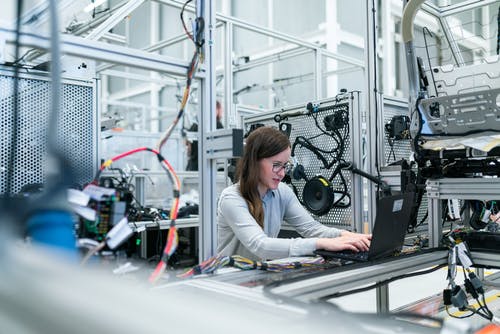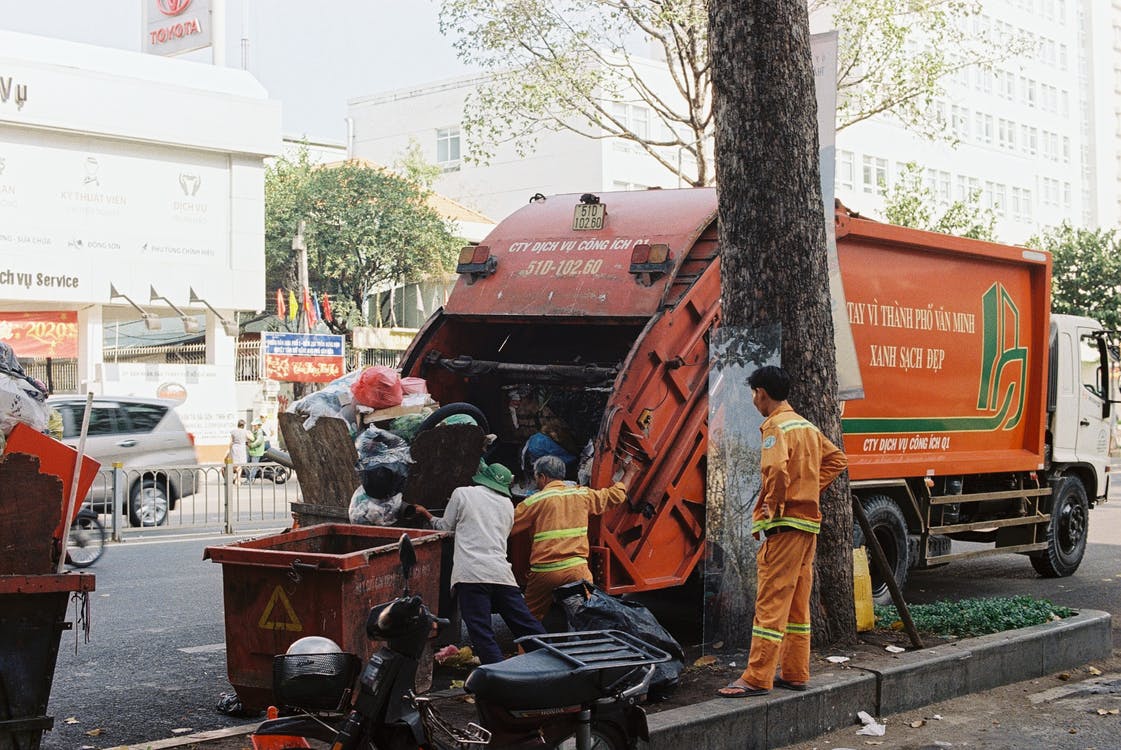A Manufacturer’s Guide to Packaging Machine
Most industrial companies know the potential advantages of automating the packaging process, while some may be reluctant owing to the preliminary expenditure. The ability of packing equipment to increase production rates while reducing costs and enhancing efficiency is one of the key justifications for investing in them. This article covers the essential benefits of packing equipment to aid you in making a decision.
The Need for Packaging Equipment
All packaging operations utilize packaging machines, from primary packs to distribution packages. Without packing equipment, several packaging procedures can not be completed. For example, many packages require heat seals to prepare or secure them. The effectiveness of heat sealing is critical to product safety in many industries. Drug, food, and medical standards demand reliable sealing on packages.
Examples of Packaging Equipment
Your business may consider upgrading or acquiring a new manufacturing line with a packaging firm. Naturally, it would help if you initially planned things out. This includes noting the equipment you need for efficient assembling procedures like modular labeling solutions. Here are some examples of packing equipment you would require for your production line to get you started.
Carbonators and Pasteurizers
Carbonators add carbon dioxide to give beverages a bubbly feel. At the same time, pasteurizers eliminate E. coli and other spoiling agents. Aside from pasteurizing wine, grape juice, and dairy products, specific packaging machines also can handle starch and sweeteners.
Filling and Bottling Machines
The beverage industry often employs liquid-filling devices or flow-filling machines. It distributes the precise amount of liquid-based items required for several containers, such as bottles, cartons, cans, or cups.
Shrink Sleeve Labels
Heat is used to shrink the label to the shape of the container during the application process for shrink sleeve applicator machines, which are 360-degree, full-color printed labels. Aluminum cans, glass, and plastic bottles frequently have labels attached. The labels are usually printed on polyester or plastic film material.
Sterilization Machines
Sterilization devices eliminate transmissible agents, including germs, viruses, and spores, to avoid tainting consumable goods. By doing this, it is made sure that the goods enter the market without issue and don’t end up jeopardizing clients.
Labeling Machines
The term “labeling machines” refers to equipment that dispenses, applies, or prints and applies labels on various objects, goods, containers, or packages. Several surfaces, including fiber drums, aluminum, glass, steel, and plastic, can be covered with various labels.
Tamper-Evident Label
According to the Food and Drug Administration (FDA), a tamper-evident label or seal features one or more indicators or barriers to opening that, if broken or absent, can reasonably be anticipated to give customers visual proof that tampering has occurred.
Costs Associated With Using Packaging Equipment
Understanding specific requirements, the necessary type of equipment, and the extra choices required for the different applications are necessary before one can compute the cost of packing equipment like a shrink band tunnel. The price of packing equipment differs significantly based on the equipment required for specific applications. Each packaging line is unique, requiring different materials, equipment, and energy needs. Consider integrating a preventative maintenance plan or getting service from a specialized professional to reduce downtime.
Final Thought
Packaging is essential to protect products. It is now done primarily through the usage of packaging machinery. Machinery plays progressively significant roles such as:
- Some automated packaging innovation is substantially faster than hand packaging, thus enhancing labor productivity. The candy packaging equipment is an excellent example since it allows for the quick wrapping of thousands of candies.
- Protect employees’ health by eliminating contact with toxic or dangerous materials, dust, and environmental pollution, and also maintaining sufficient product sanitation by avoiding hand contact with food and medicine.
- We overfill containers, scuff up the packaging, misapply labels, or don’t fasten the closures tightly enough. Businesses wind up paying more workers for quality control because this results in product waste and dissatisfied customers. Automation produces consistent outputs, and as a result, quality assurance is made much simpler by machine performance.



